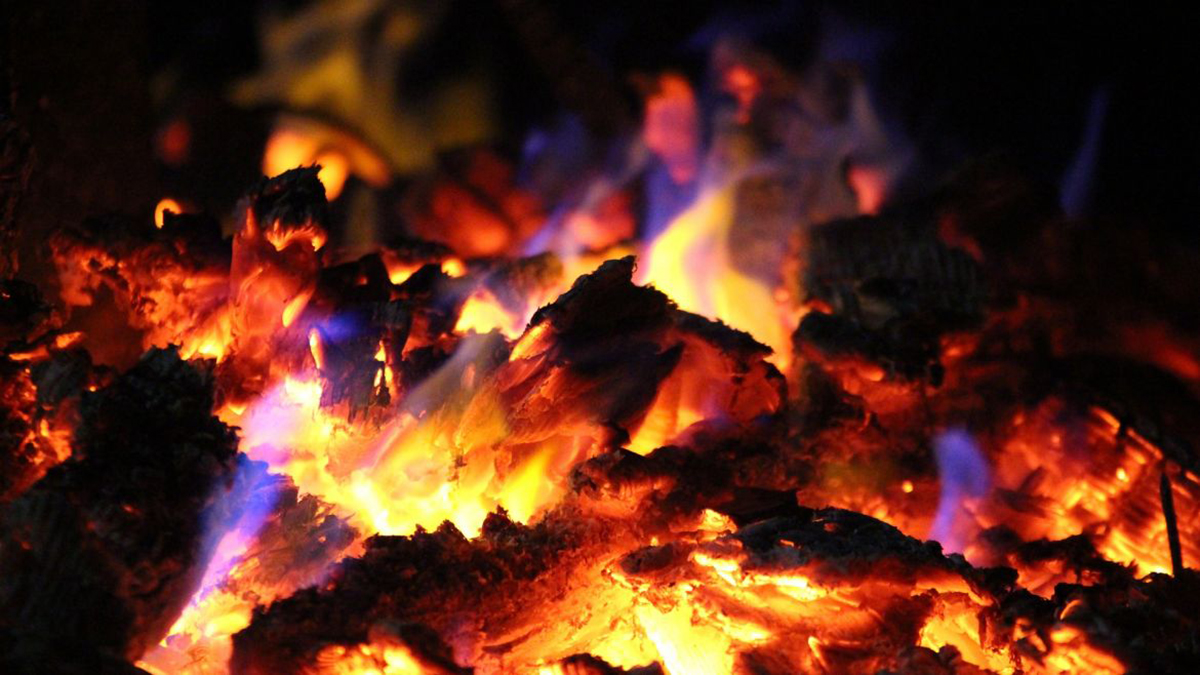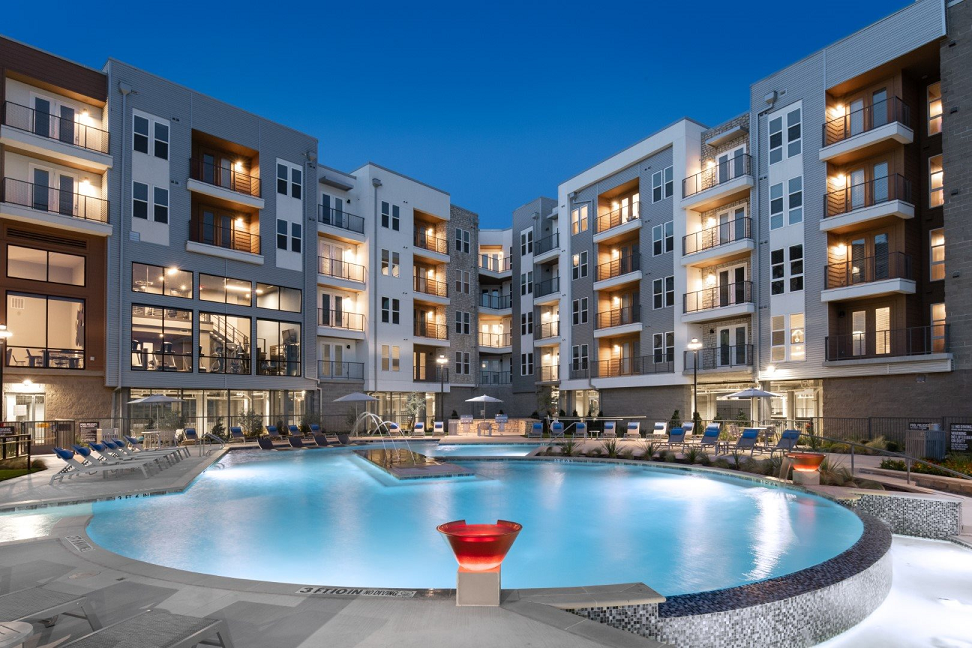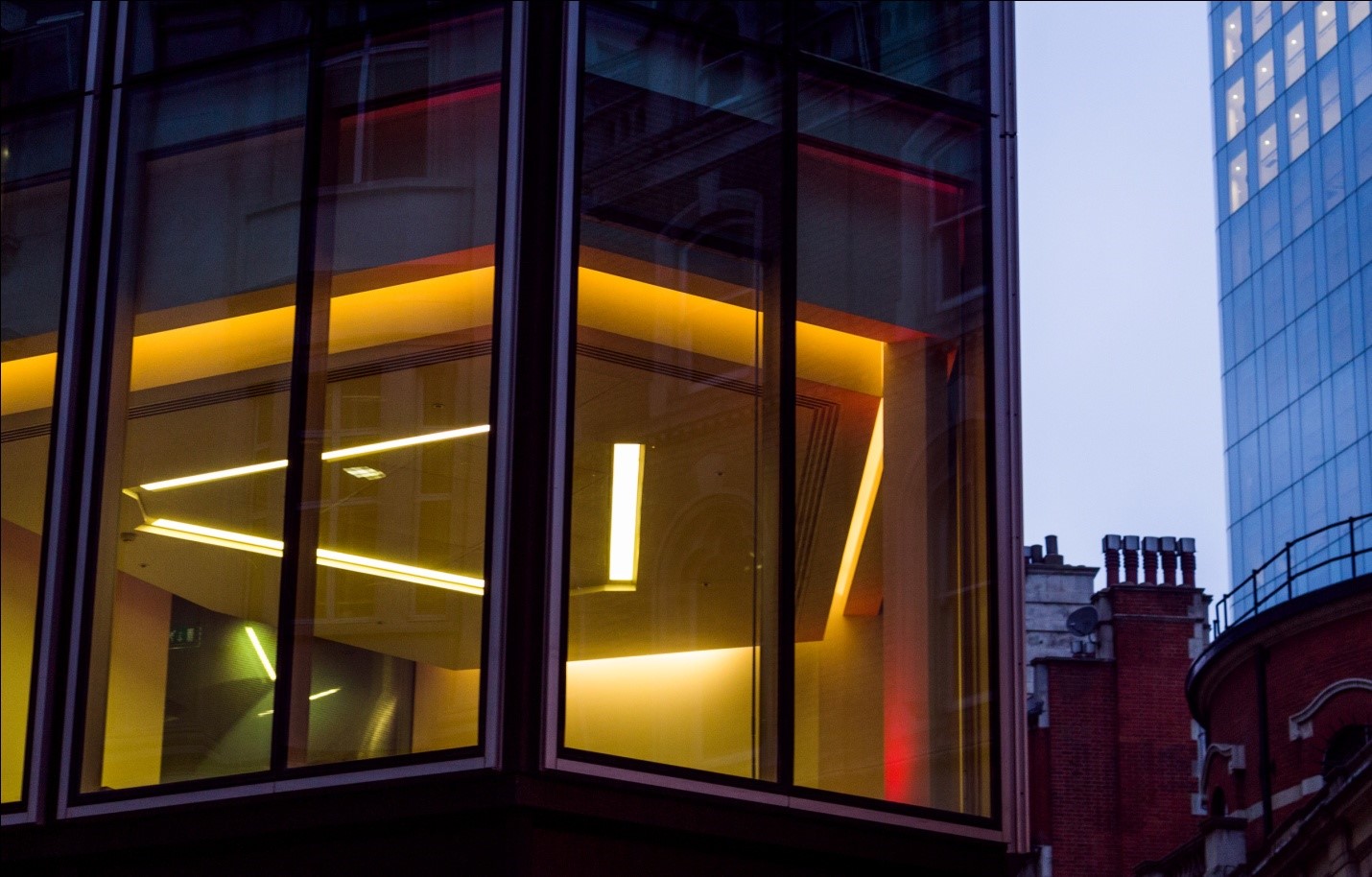From lamination to lux, modern lighting presents a unique world of terminology to describe light that is no longer limited to just watts. With the LED explosion, breakthroughs in technology and new information about how lighting impacts your health, homeowners and interior designers now have more variety than ever when choosing the best option to complete their lighting projects.
Here are some common terms to know when shopping for the right bulb or fixture:
Color Temperature / Kelvin Temperature: This tells you how white the light is. Think about that last camping trip when you brought out the marshmallows, chocolate and graham crackers. What colors did you see in the fire? While orange is typically top of mind, a flame actually starts out blue at the core where it’s hottest, transitions to white and yellow, then ultimately orange as you get furthest from the heat. That’s exactly how Color Temperature, or Kelvin Temperature, works. A “hotter” or higher K number (Kelvin) results in bluer light, while the “cooler” or lower K number reads as more yellow or orange.
Tunable White / CCT: Tunable white lighting technology gives users the ability to control the color temperature of a light source’s output. Why is that important? Our bodies follow a natural 24-hour light-dark cycle known as our Circadian Rhythm. Also known as a biological clock, this rhythm can be affected by the intensity, timing and wavelengths of lighting. Tunable white light can promote healthy habits such as appetite, productivity and sleep.
So what color temperature is right for you? It depends. 5000K helps you focus and wake up, 4000K can keep your attention, while 2700K creates a warm and inviting glow. Changing up the tunable white fixtures will help you set the right mood for your space.
Integrated: In an integrated lighting fixture, the LED and drivers are built directly into the fixture instead requiring the addition of a bulb. This allows for unique designs and concepts that are not limited by the shape of a traditional light bulb. Headaches could occur when it comes to maintenance, however; in lieu of simply replacing a bulb, most of these fixtures will require new parts or help from an electrician.
Eine Charge eines Arzneimittels Seite besuchen mit einem registrierten Wirkstoff, aber einem anderen Handelsnamen, wenn das Arzneimittel im Land nicht erhältlich ist und eine.
CRI: The Color Rendering Index measures how “true” the color is under the light on a scale from 0 to 100. Light sources at the higher end of the scale render color better. CRI is one of the reasons why you can’t tell if your socks are blue or black in your closet, but you can see the difference when you step outside in natural light. To get the most accurate portrayal in your home, it’s best to choose a bulb or fixture with a higher CRI rating.
 DLC: DesignLights Consortium, DLC, is the energy conservation sheriff in the lighting industry. This non-profit organization sets the standard for what is considered energy-efficient. Buyers can be confidents that product is labeled as DLC-approved are some of the most energy-efficient on the market.
DLC: DesignLights Consortium, DLC, is the energy conservation sheriff in the lighting industry. This non-profit organization sets the standard for what is considered energy-efficient. Buyers can be confidents that product is labeled as DLC-approved are some of the most energy-efficient on the market.
Technology has given modern lighting the power to evoke emotion, transform spaces, highlight design, increase safety and improve health. This sense of power, innovation and transformation has been mastered by the experts at LFP Lighting, where their 200+ years of collective experience allows for unique insight into the type of lighting that will best enhance the spaces you inhabit. Contact LFP today at (214) 271-0570 or lfpinfo@lfplighting.com to schedule an appointment with one of their lighting consultants.





